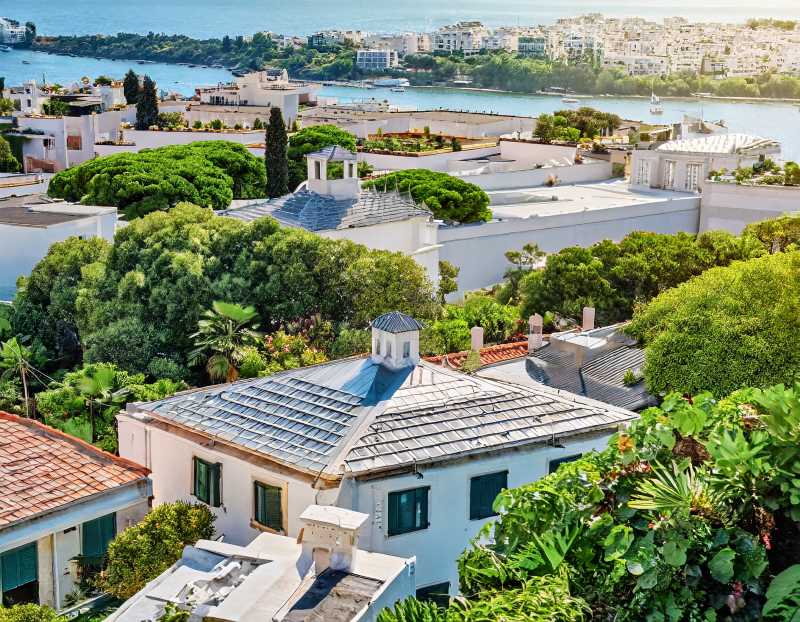Roof Revolutions and Cool Solutions to Urban Heat Islands
Urban heat islands, sizzling city hotspots, are causing temps to soar in over 1,692 cities globally, impacting 70% of the population. To fight back, cool roofs, green spaces, and regulations are essential.

Step into the sizzling cauldron that is the city. In a world where climate change is the heavyweight champion, there's an urban phenomenon heating the streets, quite literally! We're talking about the notorious 'Urban Heat Islands,' and if you thought they were just a bit of urban legend, think again. These blazing hotspots are very real, and they're wreaking havoc in the concrete jungles where over 70% of the population resides.
You might be wondering what exactly is an urban heat island? Well, it's not the secret lair of a caped villain, but it's just as bad for your health. Urban heat islands are those sweltering pockets within a city where the temperatures are hotter than a chili pepper on a summer grill. They're the brainchild of urbanization, overpopulation, asphalt, and the relentless spread of towering skyscrapers. In a nutshell, they are the fiery offspring of human activity.




